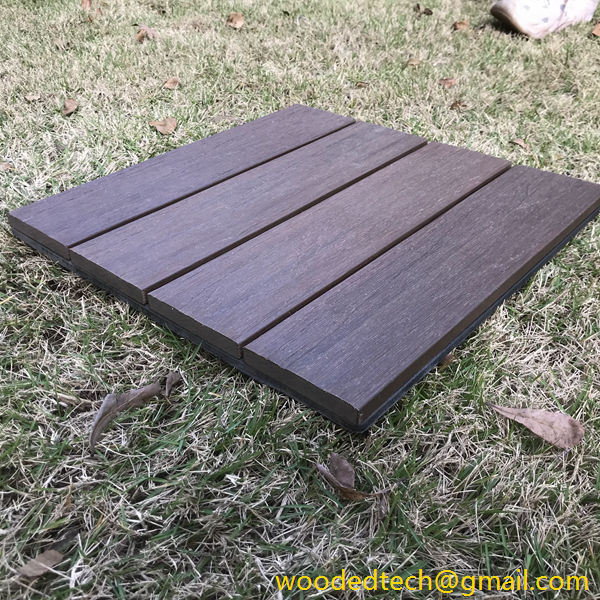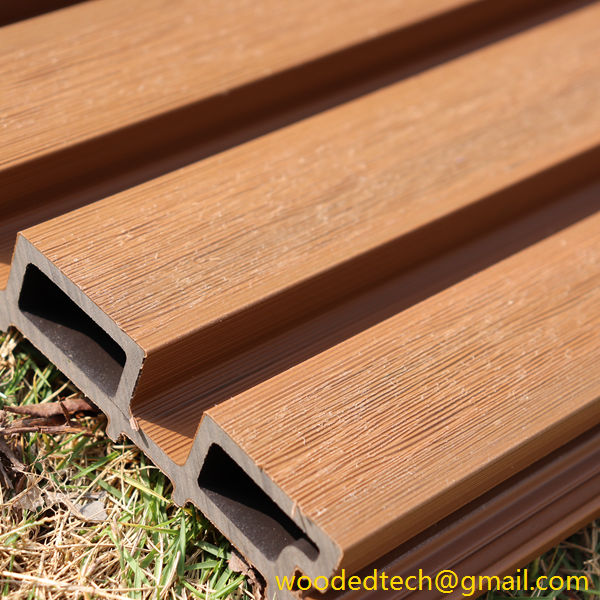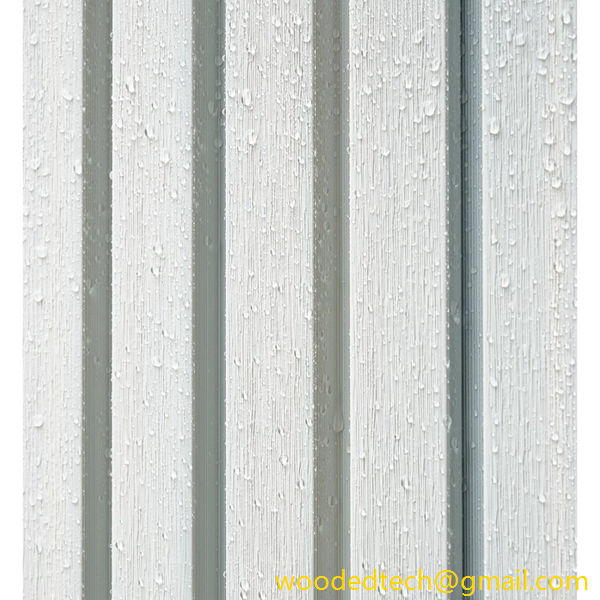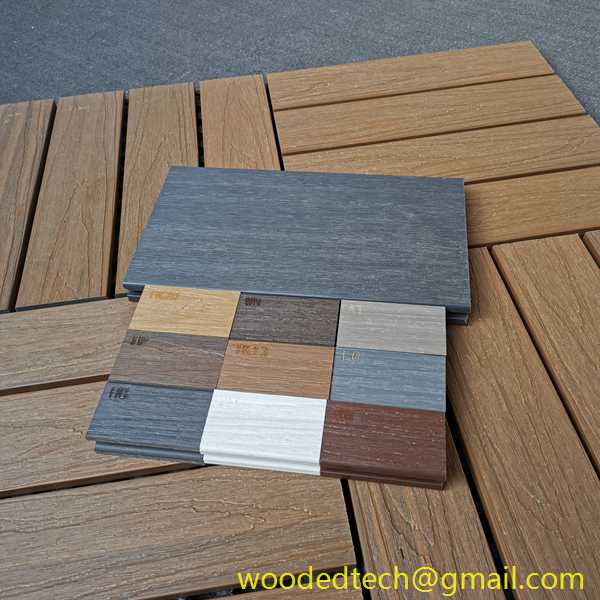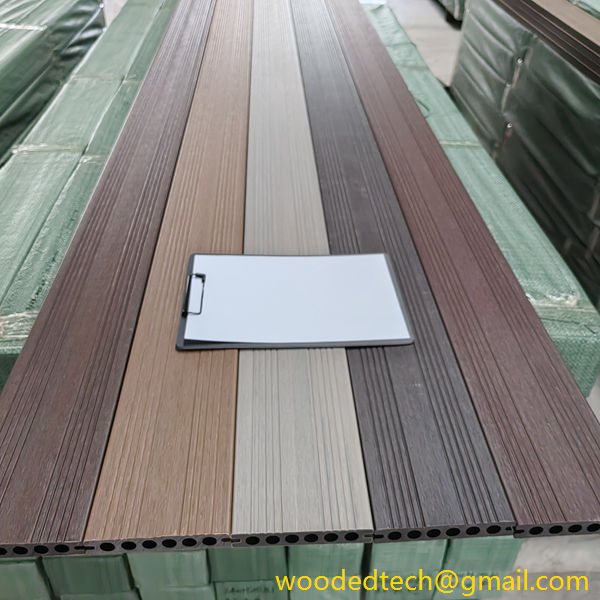omposite decking has gained significant popularity in recent years as a superior alternative to traditional wood decking. This popularity is largely due to its exceptional material properties, which offer numerous advantages for homeowners looking to enhance their outdoor spaces. In this guide, we will explore the benefits of composite decking from a material performance perspective, shedding light on why it has become a favored choice among consumers.
Composite decking is primarily made from a combination of wood fibers and recycled plastic materials. This innovative blend results in a product that exhibits remarkable durability and resilience compared to natural wood. One of the standout features of composite decking is its resistance to weather-related damage. Unlike traditional wood, which can splinter, warp, or crack due to exposure to moisture and changing temperatures, composite materials maintain their structural integrity over time. This is particularly important for decks that are subjected to varying climates, as they can withstand heavy rain, intense sunlight, and even snow without deteriorating.
Another key advantage of composite decking is its low maintenance requirements. Homeowners often find themselves spending significant time and resources on the upkeep of wooden decks, including regular sanding, staining, and sealing to protect against the elements. In contrast, composite decking requires minimal maintenance. It typically only needs occasional cleaning with soap and water to remove dirt and debris. This ease of maintenance not only saves time but also reduces long-term costs associated with deck upkeep.
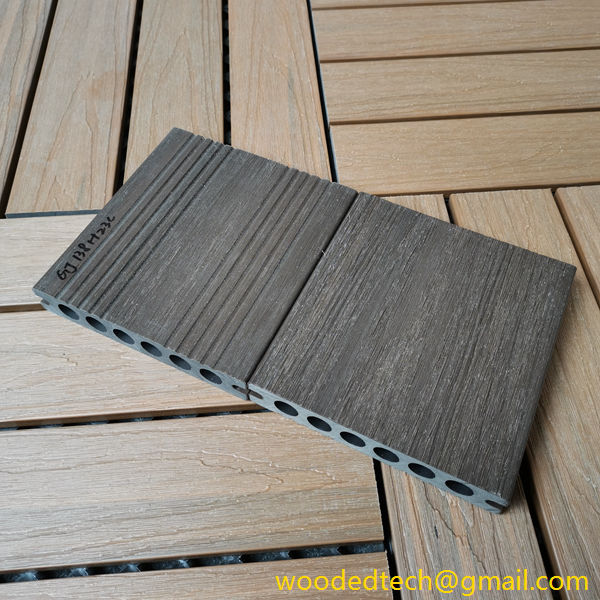 In terms of aesthetics, composite decking offers a wide range of design options that can mimic the appearance of natural wood without sacrificing performance. Manufacturers often produce composite boards in various colors and textures, allowing homeowners to choose a style that complements their outdoor decor. This versatility means that homeowners can achieve the desired look for their decks while benefiting from the superior durability of composite materials.
In terms of aesthetics, composite decking offers a wide range of design options that can mimic the appearance of natural wood without sacrificing performance. Manufacturers often produce composite boards in various colors and textures, allowing homeowners to choose a style that complements their outdoor decor. This versatility means that homeowners can achieve the desired look for their decks while benefiting from the superior durability of composite materials.
One of the most significant environmental benefits of composite decking is its sustainable nature. The use of recycled materials in its production significantly reduces the demand for new wood, helping to preserve forests and natural habitats. Additionally, many composite decking brands are committed to using eco-friendly practices in their manufacturing processes. This commitment to sustainability resonates with environmentally conscious consumers who seek to minimize their ecological footprint.
Furthermore, composite decking is engineered to resist fading and staining. This is a crucial feature for homeowners who want to maintain the aesthetic appeal of their decks over time. Traditional wood decks are prone to discoloration from exposure to sunlight and staining from spills, requiring frequent refinishing. Composite decking, however, is formulated with UV inhibitors that prevent fading, ensuring that the color remains vibrant for years. This aspect not only enhances the appearance of the deck but also contributes to its overall longevity.

Safety is another important consideration when it comes to material performance, and composite decking excels in this area as well. The surface of composite boards is designed to be slip-resistant, which is particularly beneficial in wet conditions. This feature reduces the risk of accidents, making composite decking a safer choice for families with children and pets. Additionally, composite materials are typically resistant to mold and mildew growth, further enhancing the safety and cleanliness of outdoor spaces.
In terms of thermal performance, composite decking offers advantages that can enhance outdoor comfort. Unlike traditional wood, which can become uncomfortably hot under direct sunlight, composite decking tends to maintain a more moderate temperature. This characteristic allows homeowners to enjoy their decks without worrying about burning their feet on hot surfaces. As a result, composite decking creates a more pleasant outdoor environment for gatherings, relaxation, and recreation.
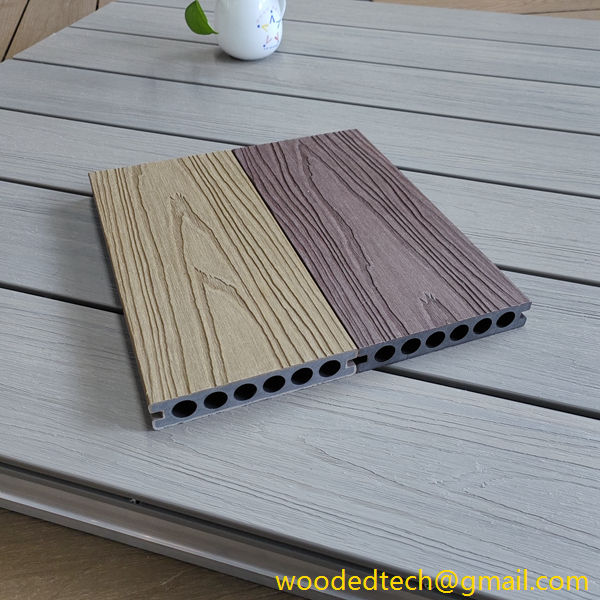
Finally, composite decking is a long-term investment that can add value to a property. While the initial cost may be higher than that of traditional wood decking, the durability and low maintenance requirements of composite materials often translate into cost savings over time. Homeowners can enjoy their outdoor spaces without the ongoing expenses associated with repairs and refinishing. Additionally, properties with composite decks may appeal to potential buyers, further enhancing resale value.
In conclusion, composite decking stands out as an exceptional choice for outdoor living spaces due to its superior material performance. With its remarkable durability, low maintenance needs, aesthetic versatility, environmental benefits, safety features, thermal performance, and long-term value, composite decking offers a comprehensive solution for homeowners seeking to create beautiful and functional outdoor environments. Whether you are building a new deck or replacing an existing one, considering composite decking can lead to a rewarding investment that enhances both your home and your lifestyle.

